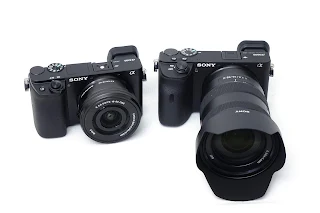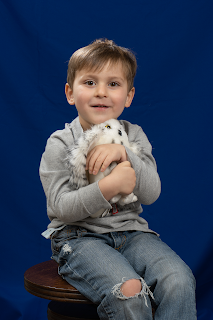 |
| "Deepfakes" have been around for years, like this Coca-Cola commercial mixing living and dead celebrities. But how can you prove if a video hasn't been manipulated? |
(Note: This is an expanded version of the article I wrote for Cameracraft magazine. I'm sharing it now because the idea needs to be out there. Plus, I was on tap to give a TEDx talk about this subject in April 2020, but of course it was cancelled due to pandemic concerns. So I'm putting it out there. The world needs this invention!)
Once upon a time there was a saying: “The photograph doesn’t
lie”.
While mostly true, you could still
lie in the old days by attaching false captions or using a forced perspective.
Lying by manipulation came much later -- it
was used heavily by the Soviets during the time of Stalin, and then by the
advertising industry (which is synonymous with lying, really) with the
invention of the Scitex imaging workstation in the 1970’s.
But the ability to really lie via
manipulation didn’t reach the masses until Photoshop came along.
 |
| 1989. US Ambassador Vernon Walters presents photographic evidence at the United Nations Security Council, supporting his claim that a Libyan MiG-23 shot down by US fighters had been armed. “It is untrue!” exclaimed the Libyan ambassador. “The pictures were fabricated; they were directed in the Hollywood manner!” |
People (journalists and academia, mostly) started to sound
the alarm in the 1970s about how you can’t rely on the photograph for
evidentiary purposes anymore. And I
started to collect examples of famous photo manipulations in history which made
a difference (good and bad). Some
historic examples are sprinkled throughout this article.
Back in my NASA days I identified this as a problem that
needed solving – in my view, society was relying too heavily on the image whose
sanctity was eroding, and I made it my mission to restore it.

 Sony offers two lenses considered to be “general purpose” or “walkaround” lenses for their APS-C E-mount cameras like the A6000 series:
Sony offers two lenses considered to be “general purpose” or “walkaround” lenses for their APS-C E-mount cameras like the A6000 series:



